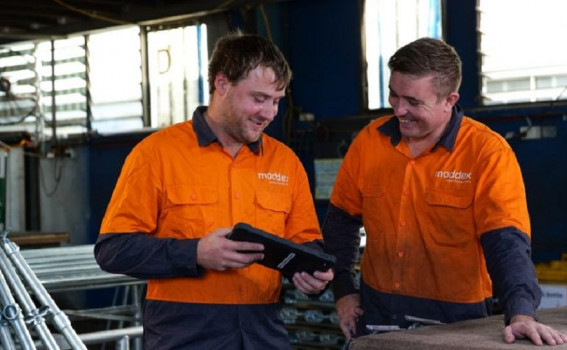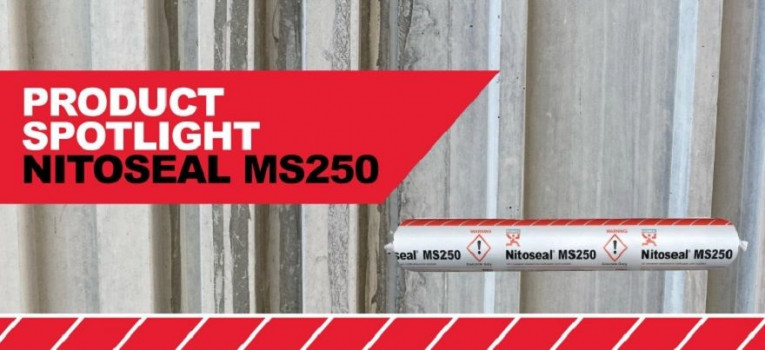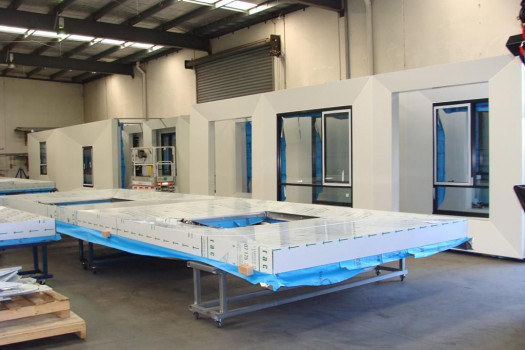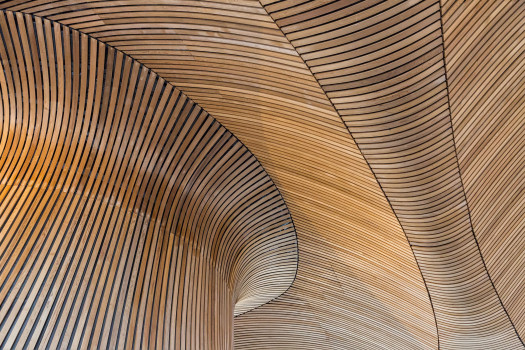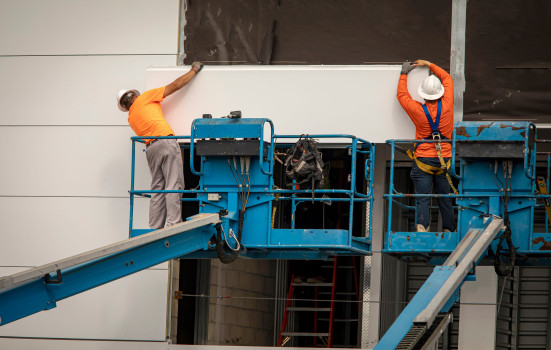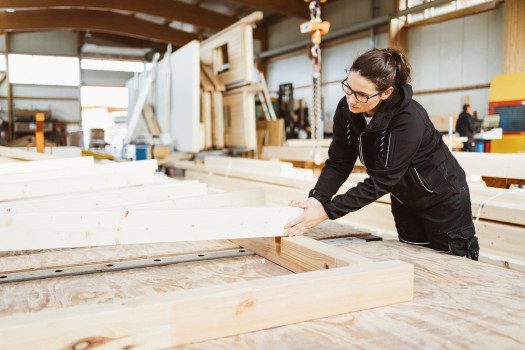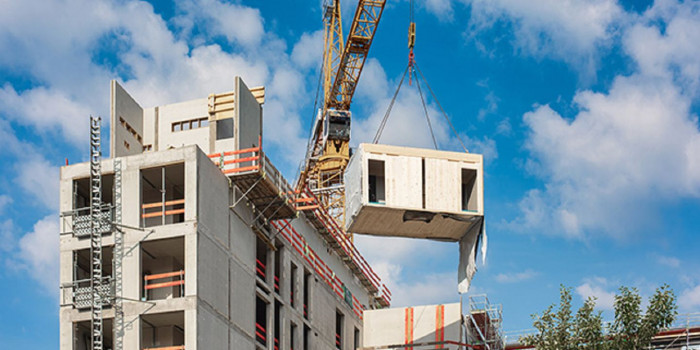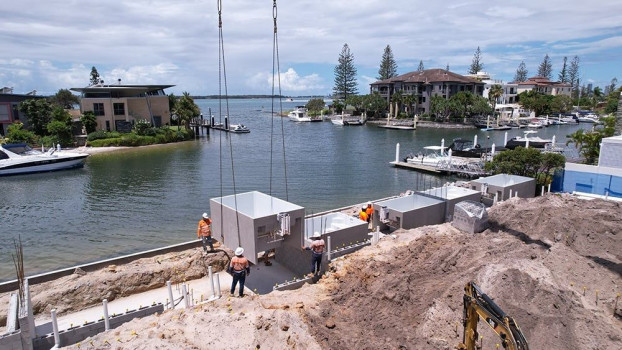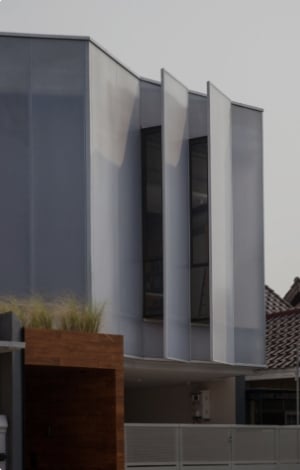101 results for "Construction" in Articles
NEWS
10 MONTHS AGO
The Federal Government has introduced initiatives focused on bolstering the housing and construction sector.
NEWS
10 MONTHS AGO
"Achieve more with less and do it better" - a must-read opinion from ARDEX Group prefab expert Tobias Schaefer into modular manufacturing efficiency.
EVENTS
10 MONTHS AGO
Attending conferences isn't just about networking and learning new trends; it's about discovering impactful initiatives driving positive change in our industry.
EDUCATION
10 MONTHS AGO
We appreciate working in a spacious office and we love spending time with our family in our home.
NEWS
11 MONTHS AGO
Expansion Joints are used in building construction to accommodate movements and shifts within a building – predominately due to thermal expansion and contraction or seismic activity.
NEWS
1 YEAR AGO
Sustainability in the construction industry involves more than just energy efficiency, emissions reduction, recycling and waste management.
NEWS
1 YEAR AGO
The construction and infrastructure industries are increasingly turning towards offsite manufacturing and prefabrication methods. This shift, driven by the need for speed, cost-efficiency, sustainability, and quality, is revolutionizing how projects are executed.
NEWS
1 YEAR AGO
In response to regulatory changes in Europe regarding the use of products containing isocyanate, Fosroc ANZ is spearheading the push in Australia and New Zealand for safer isocyanate-free sealants.
NEWS
1 YEAR AGO
You’ve probably heard prefab construction described as ‘architecture’s oldest new idea’ — and that’s pretty spot on
NEWS
1 YEAR AGO
We understand that running a successful construction business requires you to stay on top of the many trades working on your projects
NEWS
1 YEAR AGO
According to Christine McCorkell, Communications & Design Manager at Arkular
PROJECT CASE STUDIES
1 YEAR AGO
With property prices still at a premium across Australia, it’s no surprise that homeowners are exploring more affordable home-building alternative
EDUCATION
1 YEAR AGO
Now more than ever, builders and architects are exploring the potential of prefabrication to help reduce project timeframes and costs
TIPS & IDEAS
1 YEAR AGO
Crucial for crafting eco-conscious structures, sustainable building materials prioritise responsible sourcing, fostering a greener future.
EDUCATION
1 YEAR AGO
From project delays to workplace injuries, the disruption of a building site isn't just an inconvenience; it also has a major impact on the cost and quality of projects.
PROJECT CASE STUDIES
1 YEAR AGO
Unlike our friends over in Europe, Australians have been slow to warm to prefab, with modular construction representing a measly 3% of Australia’s construction industry
EDUCATION
1 YEAR AGO
It’s safe to say that prefab is changing the face of modern construction, making building projects faster and cheaper than ever before.
PROJECT CASE STUDIES
1 YEAR AGO
Prefab construction has earned a reputation for being faster and more cost-effective than traditional construction methods
PROJECT CASE STUDIES
1 YEAR AGO
If you think prefab equals low quality, think again
PROJECT
1 YEAR AGO
As its striking front facade angles towards the expanse of the stunning Burleigh Heads coastline, Grace by Mosaic– a boutique luxury multi-residential development by Mosaic Property Group – presents itself as a relaxed yet sophisticated beachside oasis.
OTHER
1 YEAR AGO
Hospitals are vital for our health and well-being, and as such, they need to be designed and built with the utmost care and attention to detail
PROJECT CASE STUDIES
1 YEAR AGO
From day one, the Plungie business model has been developed to help deliver efficiencies in the installation of a pool, which in turn has helped improve the operation of many builders and developers
NEWS
1 YEAR AGO
Currently, the construction industry is responsible for 38% of all energy-related carbon emissions, over 35% of the EU's total waste generation and HALF of all extracted materials.
NEWS
1 YEAR AGO
We are incredibly proud to announce that our RS-5605 high performance louvre was recognised and awarded AIRAH Product of the Year.

 Indonesia
Indonesia
 New Zealand
New Zealand
 Philippines
Philippines
 Hongkong
Hongkong
 Singapore
Singapore
 Malaysia
Malaysia








